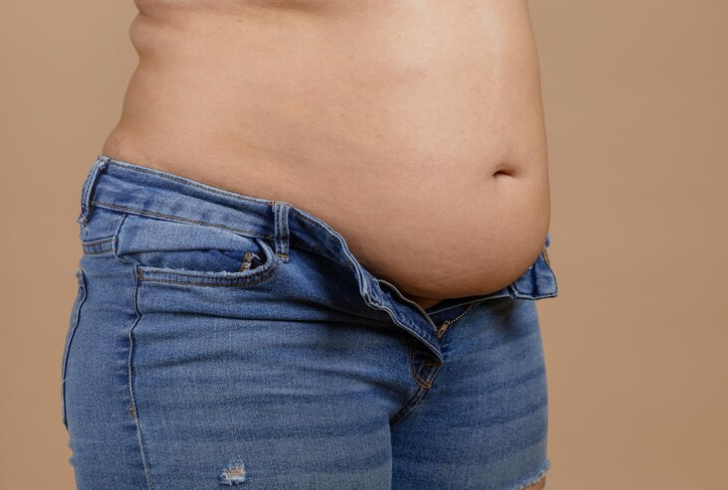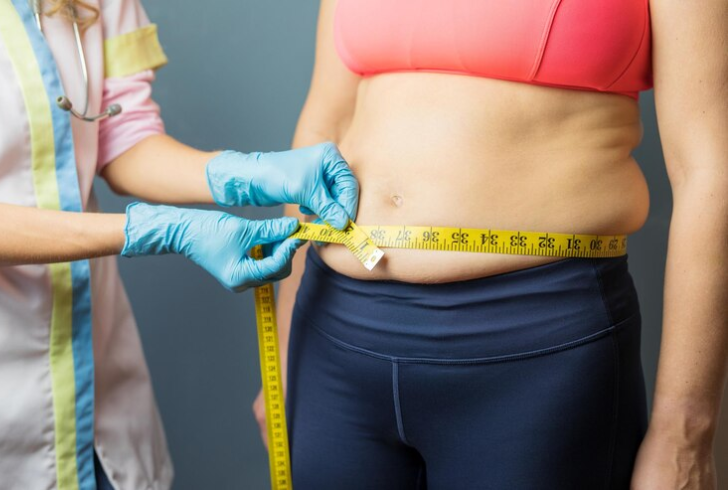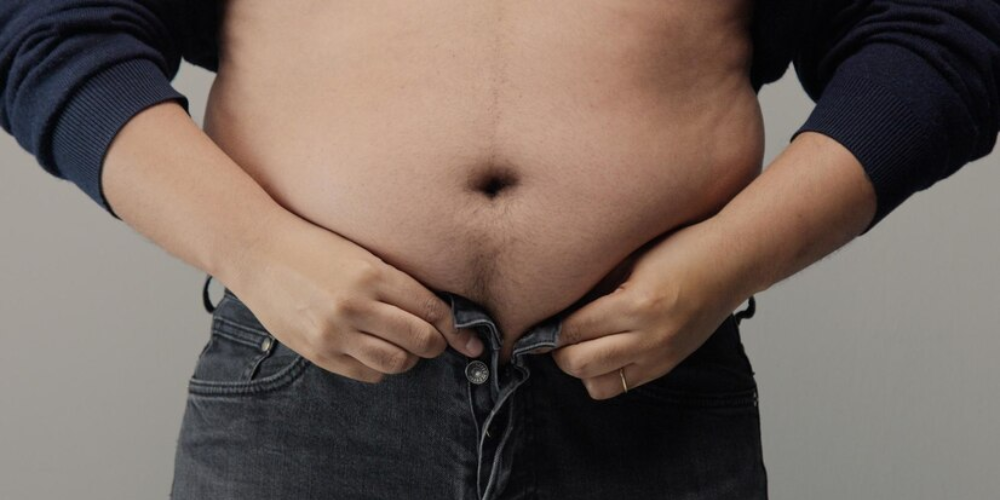For years, the Body Mass Index (BMI) has been widely used to assess body fat and gauge potential health risks. However, BMI has notable limitations, such as failing to consider where fat is distributed and not differentiating between muscle and fat. This has prompted the exploration of more accurate methods, such as the Body Roundness Index (BRI), a tool designed to better estimate body fat distribution, especially visceral fat, which is linked to serious health conditions.
BMI’s Limitations
BMI, a simple ratio of height and weight, has long been used as a standard measure of body fat. However, it doesn't differentiate between muscle and fat, nor does it account for fat distribution in the body. A person could have a "normal" BMI but still carry harmful visceral fat, which isn't easily seen. This type of fat accumulates around vital organs and is more closely linked to conditions like cardiovascular disease, diabetes, and other metabolic disorders.
The inability of BMI to measure fat distribution accurately means that individuals who are thin on the outside but carry visceral fat may still face significant health risks. This phenomenon is often referred to as “TOFI” (Thin on the Outside, Fat on the Inside).
What Is Visceral Fat?

Freepik | lia_russy | Visceral fat is harmful due to its association with metabolic disorders.
Visceral fat is stored deep inside the abdominal cavity, wrapping itself around internal organs. Unlike subcutaneous fat, which is found just beneath the skin, visceral fat is more dangerous due to its active role in the body's metabolism. It can cause inflammation and is strongly associated with conditions such as hypertension, insulin resistance, and cardiovascular diseases.
This is where the Body Roundness Index (BRI) becomes a more reliable measurement. BRI focuses on body shape by incorporating both height and waist circumference, providing a clearer picture of fat distribution, especially abdominal fat.
The Rise of Body Roundness Index as an Alternative
The Body Roundness Index (BRI) has emerged as a more comprehensive tool for evaluating body fat distribution compared to BMI. BRI factors in both waist circumference and height, offering a better reflection of a person’s body shape. This allows for a more accurate assessment of visceral fat, which is often the root cause of many serious health conditions.
Key Advantages of BRI:
1. Focus on Abdominal Fat
Unlike BMI, which measures overall body mass, BRI zeros in on abdominal fat. Since fat around the abdomen is a strong predictor of metabolic and cardiovascular diseases, BRI is a more useful tool for assessing these risks.
2. More Nuanced Insights
BRI offers a deeper understanding of health risks by looking at the body’s roundness and where fat is stored. Waist circumference is a crucial part of this metric, as it better reflects visceral fat, which is highly linked to conditions such as heart disease and diabetes.
Waist Circumference
The importance of waist circumference as a health indicator is gaining more recognition. Waist circumference, measured at the narrowest part of the torso, is a strong marker of abdominal obesity, which is associated with many health risks. This measurement is crucial for calculating the Body Roundness Index, as it provides valuable insight into how fat is distributed around the body.
Health Risks and the Impact of BRI
Studies have shown that individuals with higher BRI are more prone to serious health risks. A recent analysis involving over 33,000 adults in the U.S. found that those with a higher BRI faced an increased risk of mortality from all causes. In contrast, those with lower BRI were often underweight due to underlying conditions that could contribute to their frailty.
This highlights that both ends of the spectrum—extremely low and extremely high BRI—are linked to significant health risks. The study underlined the effectiveness of BRI in reflecting body composition more accurately than BMI and its ability to predict potential health issues associated with obesity.
How to Calculate BRI

Freepik | Grinvalds | The Body Roundness Index offers a new perspective on health by considering waist circumference alongside height.
The Body Roundness Index was introduced in 2013 as a method to better evaluate body shape. Unlike BMI, which treats the body as a cylinder, BRI views the body as more oval-shaped, thus providing a clearer understanding of how fat is distributed. The calculation involves a person’s height and waist circumference, both of which can easily be measured and used to assess health risks.
Here’s a simplified approach to calculating BRI:
1. Measurements needed - Height and waist circumference
2. Formula basis - It uses waist circumference and height to evaluate the roundness of the body, which gives a better estimate of visceral fat levels.
Though this method is more complex than calculating BMI, there are online tools available to help individuals quickly determine their BRI.
Potential Limitations of BRI
While the Body Roundness Index improves upon BMI by factoring in fat distribution, it is not without its challenges. For one, the measurements required for BRI are more specific. Waist circumference, in particular, must be accurately measured. Variations in how this measurement is taken can affect the BRI value. For example, incorrect posture or improper measurement techniques can skew results.
Additionally, because BRI is relatively new, it might not yet be widely adopted. Healthcare professionals and patients alike are more familiar with BMI, which is simple and widely used. Adopting BRI will require education and standardization in clinical settings.
Will BRI Replace BMI?
It’s unlikely that BRI will fully replace BMI, as BMI remains a simple and useful tool for monitoring general trends in obesity at the population level. However, the Body Roundness Index offers a more detailed view of body fat distribution, particularly for individuals with central obesity. It’s possible that BRI will complement other measurements, such as waist-to-hip ratio and body fat percentage, to provide a more comprehensive health assessment.
By incorporating BRI into health evaluations alongside traditional metrics, healthcare providers can gain a clearer picture of a person’s risks for cardiovascular disease, diabetes, and other obesity-related conditions. In doing so, we move closer to a more personalized and accurate approach to understanding individual health risks.











